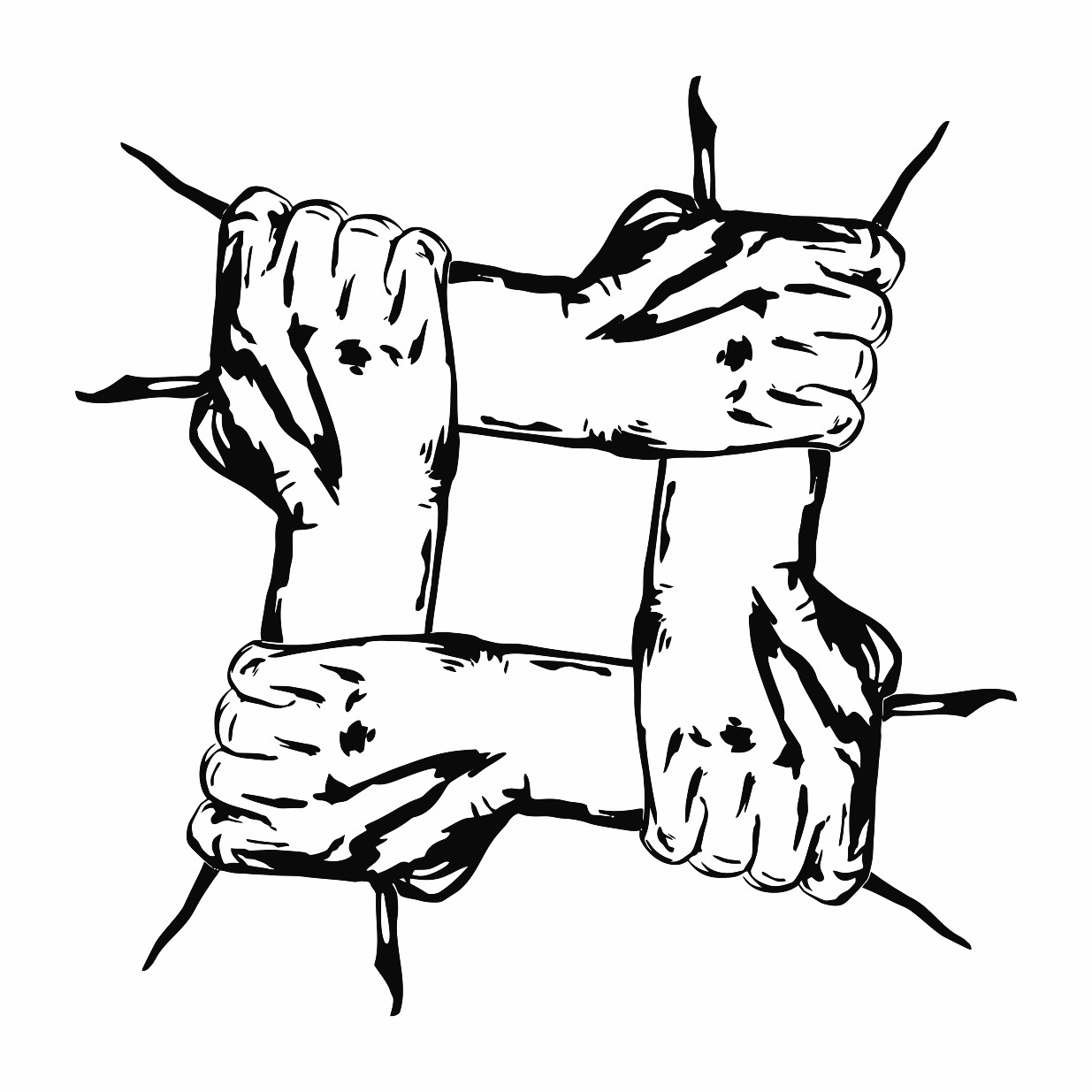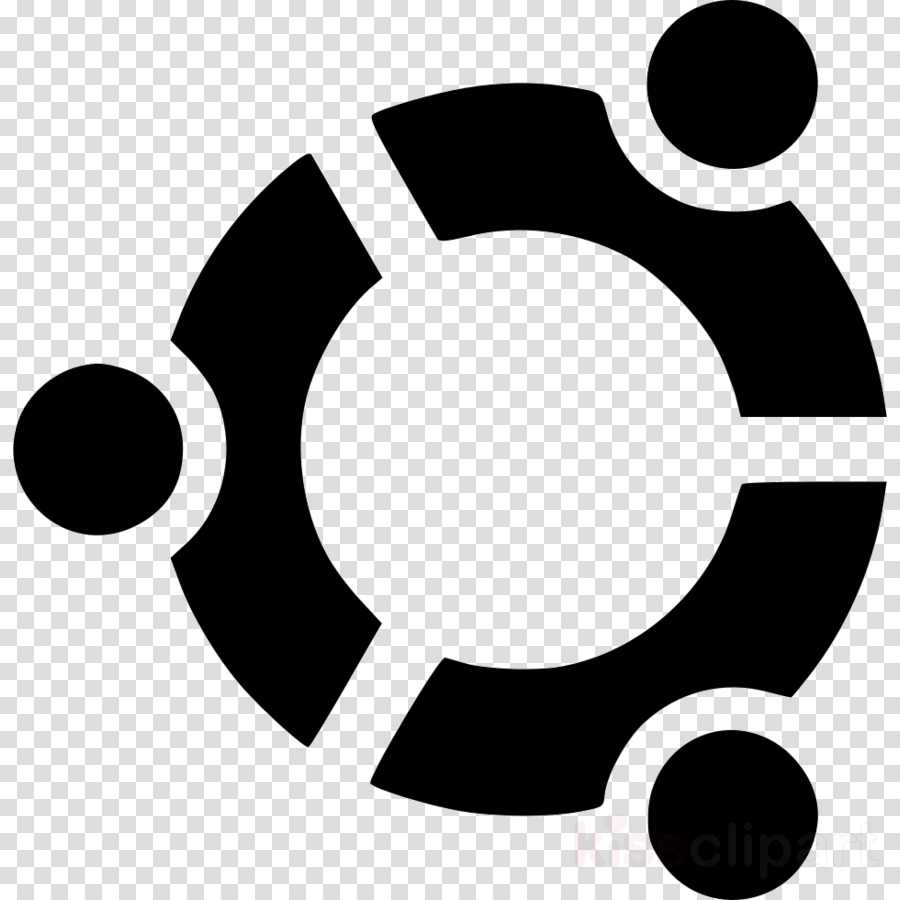

This blend of traditional and digital artistry expands the possibilities for self-expression and creativity. Digital mandalas offer a unique opportunity for experimentation, infinite color choices, and the ability to easily revise and modify designs. With the emergence of digital art tools and software, individuals can now explore mandala design in a virtual space. In recent years, the digital realm has also opened up new possibilities for mandala creation. The exchange of ideas, techniques, and insights enriches the practice and encourages growth and self-discovery. This sense of collective exploration and creative expression creates a supportive and inspiring environment. Many individuals gather in workshops, retreats, or online platforms to share their mandala creations and experiences. The repetitive and rhythmic nature of drawing and coloring the mandala brings about a sense of calm and centeredness, providing a respite from the constant mental chatter and external distractions.īeyond its individual benefits, mandala creation can also foster a sense of community and connection.

It promotes relaxation, reduces stress, and encourages a meditative state of mind. Engaging in this creative process allows individuals to access a state of flow, where they are fully absorbed in the present moment and experience a sense of timelessness. The therapeutic benefits of creating mandalas are numerous. Additionally, mandalas often incorporate symbols such as flowers, animals, and sacred geometry, each carrying its own significance and cultural associations. Circles, squares, triangles, and other geometric shapes frequently appear in mandalas, representing unity, balance, and harmony. While mandalas may vary in design and style, they often encompass common elements that hold profound meaning. One of the fascinating aspects of mandalas is their universal symbolism. Each stroke and color choice is a deliberate act of self-expression and exploration. The process requires patience, attention to detail, and a deep connection to one’s intuition. The artist then gradually builds upon this center, adding layers of geometric designs, symbols, and colors. It begins with the selection of a central point, around which the intricate patterns and shapes of the mandala will unfold.
UNITY SYMBOL DRAWING SERIES
The practice of creating mandalas involves a series of intentional and mindful steps. Mandala art has become a source of solace and healing for many, offering a sanctuary of calm amidst the noise and distractions of modern life. It allows individuals to tap into their creativity and explore their inner world while also experiencing a sense of peace and harmony. The process of designing and coloring a mandala encourages focus, mindfulness, and relaxation. In today’s fast-paced and increasingly chaotic world, the practice of mandala creation has gained significant popularity as a therapeutic and meditative tool. The art of creating mandalas can be traced back to ancient civilizations, including the Hindu, Buddhist, and Native American cultures, where they were used as a form of sacred geometry and a means of connecting with the divine. They serve as a visual representation of cosmic energy and a tool for self-expression, meditation, and spiritual growth. Derived from the Sanskrit word meaning “circle,” mandalas represent the interconnectedness and wholeness of the universe.
Mandala is a powerful and transformative practice that has been utilized for centuries across various cultures and spiritual traditions.


 0 kommentar(er)
0 kommentar(er)
